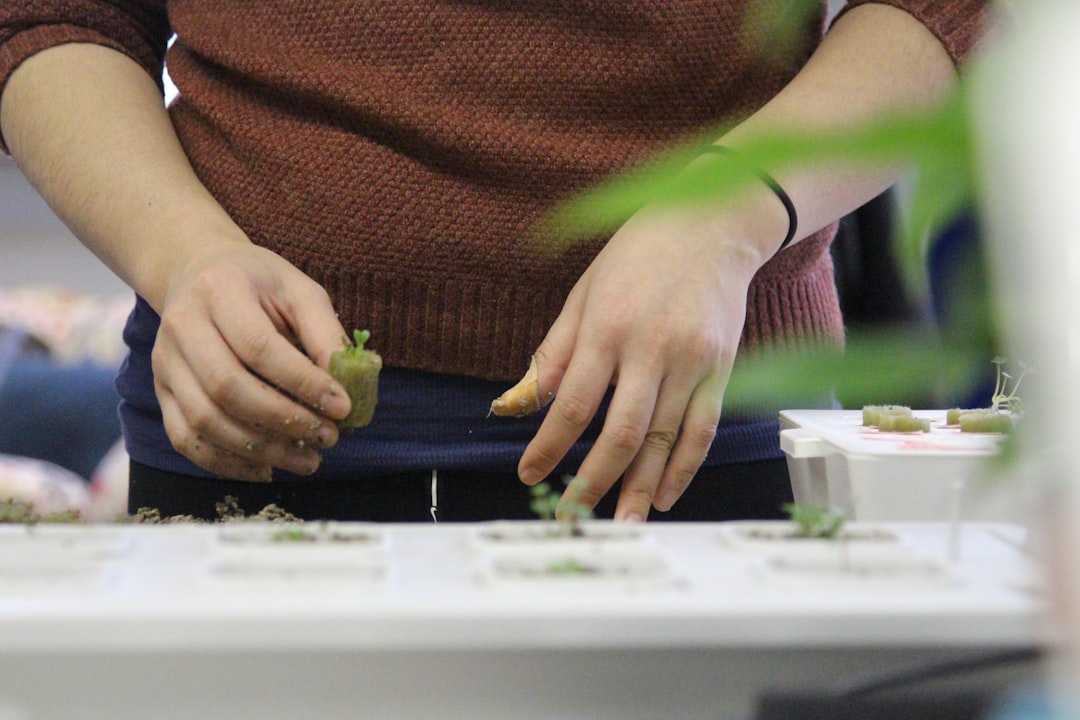In a world where land is scarce, water is precious, and food demand is rising, a revolutionary method of cultivation is reshaping the way we grow plants: hydroponic gardening. This soil-free, space-saving, and highly efficient technique is no longer just the domain of futuristic greenhouses or high-tech farms—it’s rapidly becoming a practical, accessible solution for growers of all levels, all around the globe.
Whether you’re a city dweller with no yard, a rural farmer looking to boost yields, or a sustainability enthusiast eager to grow your own food, hydroponics offers an exciting path forward. Let’s dive into what it is, why it matters, and how it’s transforming gardening in every corner of the world.
🌱 What Is Hydroponic Gardening?
Hydroponics is a method of growing plants without soil. Instead, plants are grown in a nutrient-rich water solution that delivers all the essential elements directly to their roots. By removing soil from the equation, hydroponics allows for precise control over nutrients, water, and growing conditions—leading to faster growth, higher yields, and fewer pests or diseases.
Common hydroponic systems include:
-
Deep Water Culture (DWC)
-
Nutrient Film Technique (NFT)
-
Ebb and Flow (Flood and Drain)
-
Wick Systems
-
Aeroponics (a more advanced method where roots are misted with nutrients)
🌍 Why Hydroponics Matters Globally
🌾 Maximize Space
Hydroponics is ideal for urban environments, small backyards, rooftops, greenhouses, and even indoor spaces. Vertical hydroponic systems make it possible to grow more in less space.
💧 Conserve Water
Hydroponic systems use up to 90% less water than traditional soil gardening. The closed-loop designs recycle water and nutrients efficiently, making them perfect for arid regions or areas facing drought.
🚫 Say Goodbye to Soil Problems
No more weeding, soil-borne diseases, or erosion. Without dirt, pests are also easier to manage naturally—reducing the need for harmful pesticides.
🕒 Faster Growth and Bigger Yields
Plants grow 30–50% faster in hydroponic systems due to the direct delivery of nutrients and optimized conditions. This means quicker harvests and more frequent planting cycles.
🌎 Local and Global Solutions
Hydroponics can be used in:
-
Urban farms on city rooftops
-
Remote or disaster-struck areas without fertile land
-
Controlled-environment greenhouses in harsh climates
-
Homes, schools, and community centers anywhere in the world
🥬 What Can You Grow Hydroponically?
Hydroponics is ideal for a wide range of crops, especially:
-
Leafy greens (lettuce, spinach, kale, arugula)
-
Herbs (basil, mint, cilantro, parsley)
-
Tomatoes, cucumbers, and peppers
-
Strawberries
-
Microgreens
-
Even dwarf varieties of fruit trees in advanced systems
Root vegetables (like carrots or potatoes) are less common but possible with specific techniques.
🌐 Hydroponic Gardening Around the World
🇳🇱 Netherlands
A global leader in agricultural innovation, the Netherlands uses advanced hydroponics in massive greenhouses to grow export-quality produce with minimal resources.
🇸🇬 Singapore
With limited arable land, Singapore has embraced vertical hydroponic farms in urban areas to increase food self-sufficiency.
🇺🇸 United States
Hydroponics is booming in the U.S., from rooftop farms in New York to desert farms in Arizona. Companies like AeroFarms and Freight Farms are revolutionizing local food systems.
🇮🇳 India
Hydroponics is gaining traction in Indian cities, offering a clean, space-efficient alternative to conventional farming in densely populated areas.
🇰🇪 Kenya
Hydroponic fodder systems are helping Kenyan farmers feed livestock during droughts, while urban growers produce fresh greens for local markets.
🧪 Getting Started: Build Your Own Hydroponic Garden
You don’t need to be a scientist to start hydroponics at home. Here’s how:
1. Choose a System
Start small with a Kratky method (passive hydroponics with no pump) or a DWC bucket system. More ambitious? Try a vertical NFT tower.
2. Select the Right Plants
Begin with fast-growing, easy crops like lettuce, spinach, or herbs. These are forgiving and perfect for beginners.
3. Use the Right Nutrients
Hydroponic plants need specially formulated liquid nutrients. Look for blends that provide N-P-K (nitrogen, phosphorus, potassium) and trace minerals.
4. Provide Light
If growing indoors, invest in full-spectrum LED grow lights. Plants typically need 12–16 hours of light daily.
5. Monitor pH and EC
A simple pH meter helps you keep the water at optimal levels (usually 5.5–6.5). EC (electrical conductivity) tells you how concentrated your nutrient solution is.
6. Keep It Clean
Since there’s no soil buffer, cleanliness is crucial. Regularly clean containers, replace water, and inspect roots for signs of stress.
🌿 Hydroponics: A Greener Future
Hydroponic gardening is more than a growing method—it’s a gateway to food security, sustainability, and innovation. From home kitchens to global farms, it empowers people to grow fresh, healthy food regardless of soil quality, climate, or location.
As we face the challenges of the 21st century—climate change, population growth, and resource scarcity—hydroponics offers a resilient, adaptable solution that bridges the gap between technology and nature.
So whether you're dreaming of crisp greens on your countertop or a full-blown vertical farm, hydroponics is ready to help you grow smarter, cleaner, and greener.

Comments
No comments yet. Be the first to comment!
You must be logged in to comment. Login